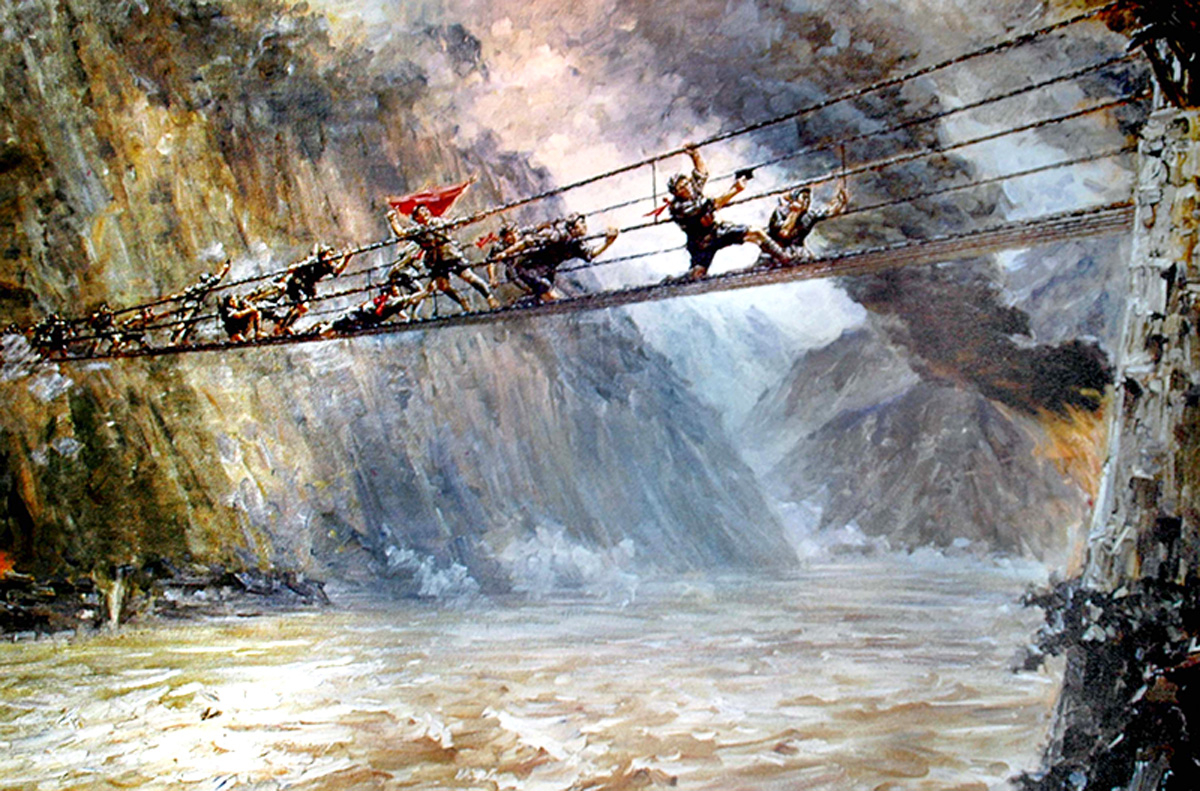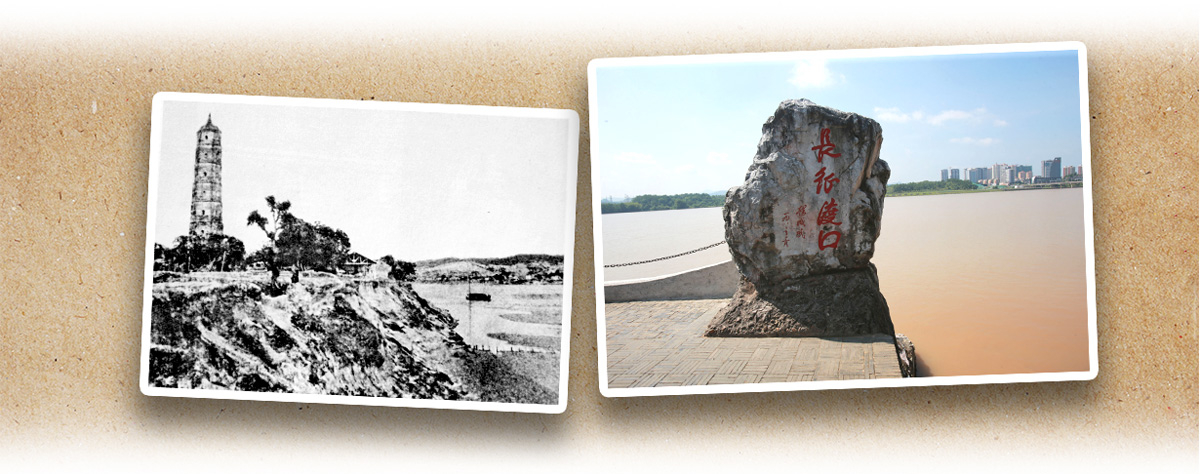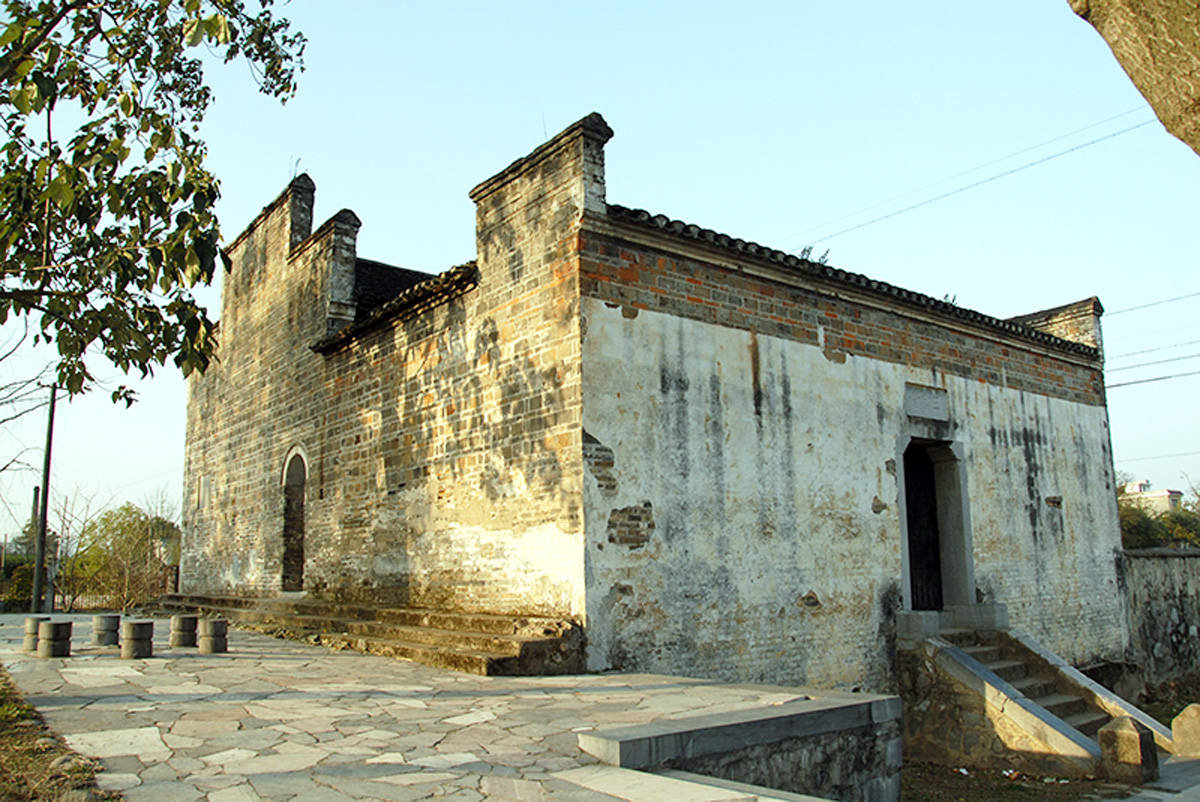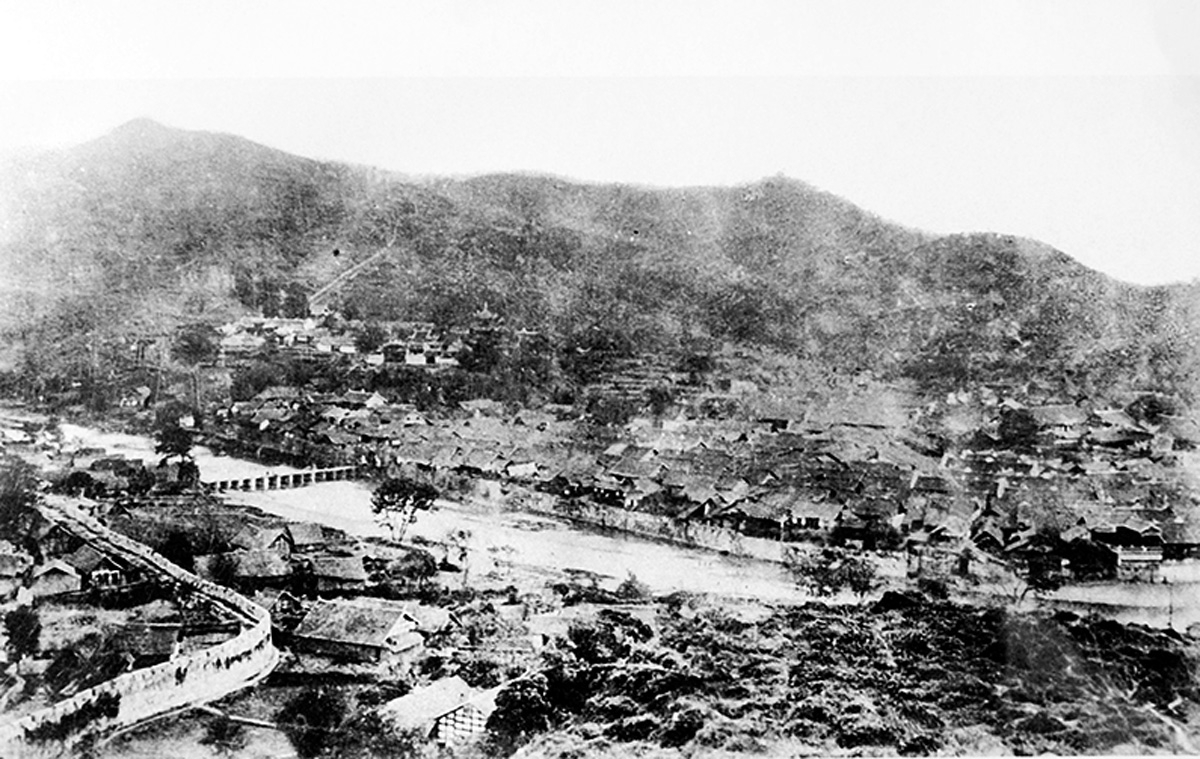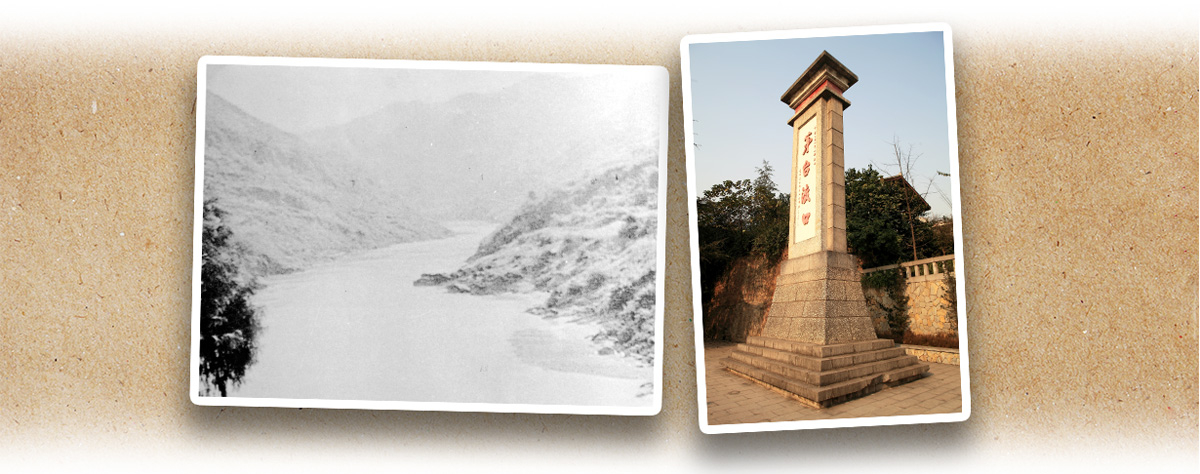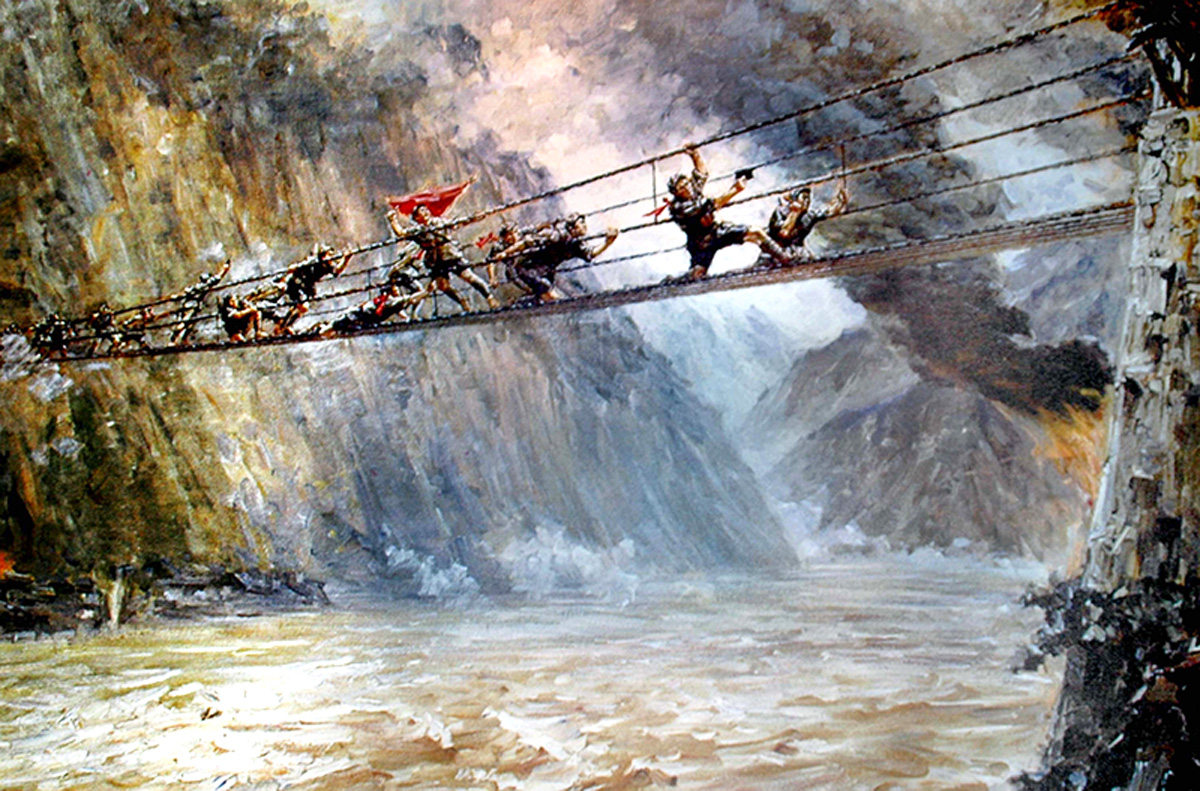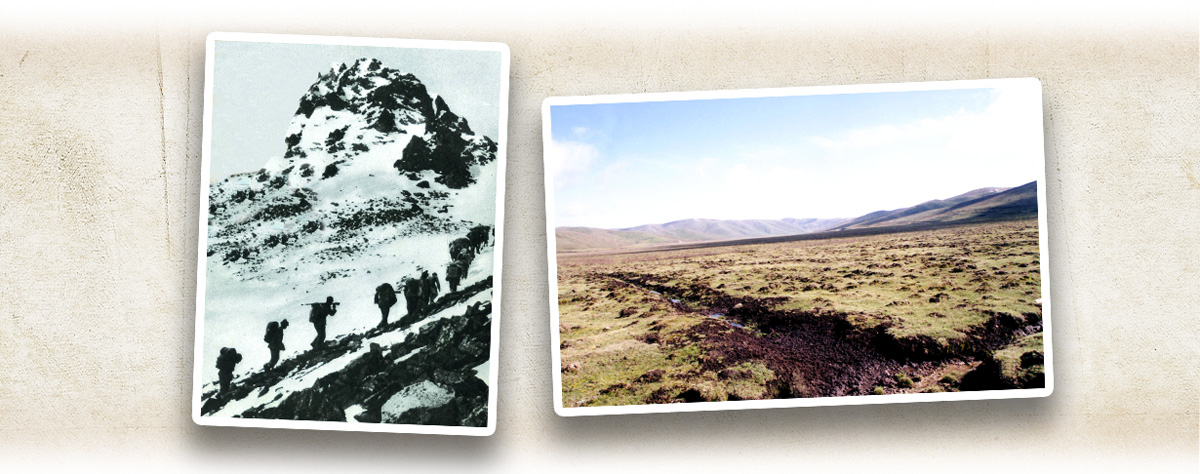Due to the disastrous defeat in the fifth campaign of the encirclement and extermination launched by the Kuomintang of China (KMT, 中國國民黨), the Central Red Army (i.e., the First Front Army of the Chinese Communist Party﹝CCP, 中國共產黨﹞) was forced to break through the siege westward in October 1934 and commence an arduous long march. Meanwhile, a small group of troops stayed behind in the south to stick with of the guerrilla warfare. However, the number of Red Army soldiers dropped drastically from 86,000 from the beginning of the Long March to 30,000 after the Xiangjiang Campaign (湘江戰役) under the leadership of Otto Braun and Bo Gu (博古).
In January 1935, the CCP convened an “enlargement meeting of the Politburo” in Zunyi (遵義), Guizhou Province (貴州), to remove the leadership of Otto Braun, Bo Gu, and others. Zhang Wentian (張聞天, or Luo Fu﹝洛甫﹞) was appointed as the person in charge of the CCP Central Committee. Soon after the meeting, Zhou Enlai (周恩來), Mao Zedong (毛澤東), and Wang Jiaxiang (王稼祥) formed a military trio headed by Zhou. Before and after the changes, the Central Red Army broke through the Wujiang (烏江, or Wu River), crossed the Chishui (赤水, or Chi River) four times, attacked the Loushan Pass (婁山關), captured the Luding Bridge (瀘定橋), crossed the Dadu River (大渡河) fast, marched through the Yi District (彝區), climbed over snow-capped mountains, traversed grasslands, and finally arrived in northern Shaanxi Province (陝西) in October 1935. In October 1936, the Central Red Army merged with the Second and the Fourth Front Army of the Red Army led by commanders including He Long (賀龍), Ren Bishi (任弼時), Zhang Guotao (張國燾), and Xu Xiangqian (徐向前).
Before the Central Red Army reached northern Shaanxi, Liu Zhidan (劉志丹), Xie Zichang (謝子長), Ma Mingfang (馬明方), Gao Gang (高崗), Xi Zhongxun (習仲勳), etc. had already established a base in northern Shaanxi. The area was later developed into the Shaanxi-Gansu (甘肅)-Ningxia (寧夏) Revolutionary Base, with Mao being the key leader of the CCP. The CCP Central Committee entered Yan’an (延安), Shaanxi, in January 1937.
|
|
What was the scale of the Central Red Army’s Long March? It is often said that the Zunyi Conference made Mao Zedong the key leader of the CCP. What is the truth? |
|
|
See answer below. |
The failure of the fifth counterattack against the encirclement and extermination forced the Central Red Army to break through the siege by moving westward and commence the Long March in October 1934. Left: a part of Yudu County (于都縣), Jiangxi Province (江西) in the 1930s, with the Yudu River on the right. Right: the current view of where the Central Red Army’s first river crossing was in Yudu during the Long March. On the evening of 18 October 1934, the CCP leading authority and the Central Red Army crossed the river from here and embarked the Long March.
The former site of the Red Army Xiangjiang Campaign headquarters. From 27 November to 1 December 1934, the Red Army crossed the Xiangjiang River from a point between Xing’an (興安) and Quanzhou (全州) of Guangxi Province (廣西), to break the KMT’s blockade. The number of Red Army soldiers reduced drastically from initially 86,000 to 30,000 after the Xiangjiang Campaign.
Left: the crossing point at the Jiangjie River (江界河), the middle reaches of the Wujiang. Right: the current view of the Jiangjie River. From 2 to 6 January 1935, the Red Army broke through the natural barrier of Wujiang and the Qian (Guizhou) Army’s defence line from the Jiangjie River and other places and marched into Zunyi, Guizhou.
On 7 January 1935, the Red Army entered Zunyi, Guizhou. On 9 January, the CCP Central Committee and the Central Military Commission marched into Zunyi. This photo shows a panoramic view of Zunyi during that time.
Left: the Zunyi Conference venue. Right: a drawing of the Zunyi Conference, with Mao Zedong, Zhang Wentian, and Zhou Enlai from the left, and Zhu De (朱德) was first on the right. In January 1935, the CCP convened an “enlargement meeting of the Politburo” in Zunyi, Guizhou, to dismiss Otto Braun, Bo Gu, and others from their posts. Zhang Wentian became the person in charge of the CCP Central Committee. Soon after the conference, Zhou, Mao, and Wang Jiaxiang formed a military trio led by Zhao.
From 19 January to 22 March 1935, the Red Army crossed the Chishui four times during the Long March. Left: the Jiuxikou (九溪口) crossing point at which that the Red Army crossed the Chishui for the fourth time. Right: a monument standing at Moutai (茅台) crossing point in Moutai Town, Renhuai (仁懷), Guizhou, commemorating the Red Army crossing the Chishui four times.
The current view of the Loushan Pass in Guizhou. The Red Army once captured it in February 1935.
An oil painting titled Swiftly Seizing the Luding Bridge. On 29 May 1935, the Red Army seize the Luding Bridge, one of the most representative battles of the Long March.
The Luding Bridge, also known as the Dadu Bridge (大渡橋), is a chain bridge across the Dadu River in Sichuan Province (四川). In 1863, Assistant King Shi Dakai (石達開) of the Taiping Heavenly Kingdom (太平天國) was blocked by the Dadu River and had his army completely wiped out. Capturing the Luding Bridge ensured the Red Army could cross the Dadu River without repeating Shi’s fate.
After crossing the Dadu River, the Red Army climbed over snow-capped mountains and traversed large grasslands, the Red Army continued to head north. Left: the Red Army climbing up a snow-capped mountain. Right: a large grassland the Red Army once crossed during the Long March.
Many Red Army soldiers died of hunger and cold when climbing over snow-capped mountains. Supplies were exhausted when they traversed uninhabited grasslands. Coupled with severe high-altitude sickness, hunger and thirst, humidity, cold, the danger of burying alive in swamps, and whatnot, the Red Army suffered severe losses.
Left: In October 1935, the First Front of the Red Army (Central Red Army) arrived in northern Shaanxi. Right: From 29 September to 6 November 1938, the CCP convened the Sixth Plenary Session of the Sixth Central Committee of the Chinese Communist Party in Yan’an, northern Shaanxi. The photo shows the members of the Presidium of the Plenary Session. Front row from the left: Kang Sheng (康生), Mao Zedong, Wang Jiaxiang, Zhu De, Xiang Ying (項英), Wang Ming (王明). From the left in the back row: Chen Yun (陳雲), Bo Gu, Peng Dehuai (彭德懷), Liu Shaoqi (劉少奇), Zhou Enlai, Zhang Wentian.
In October 1935, the Central Red Army arrived in Wuqi Town (吳起鎮) in northern Shaanxi and ended its Long March. In October 1936, the converge of the Central Red Army, the Second, and the Fourth Front Army of the Red Army marked the completion of the entire Long March. In January 1937, the CCP Central Committee entered Yan’an, northern Shaanxi, which marked the commencement of the CCP’s Yan’an era.
|
|
What was the scale of the Central Red Army’s Long March? It is often said that the Zunyi Conference made Mao Zedong the key leader of the CCP. What is the truth? |
|
|
During its retreat and strategic transfer for approximately one year, the First Front Army of the CCP Red Army engaged in skirmishes every day or two. During the period, it fought in more than 380 battles, seized 62 counties, and defeated hundreds of regiments of the KMT regular army. Around 430 cadres above the battalion in the Red Army with an average age of under 30 years old were killed. Its troops traversed large areas of snow-capped mountains, alpine grasslands, permafrost, and no-man’s-land, covering an area of 11 provinces, 18 large mountains, 24 large rivers, and five continuous snow-capped mountains. The Central Red Army lost 90% of its soldiers when they reached northern Shaanxi from Jiangxi. According to Edgar Snow’s book of Red Star Over China published in 1938, he quoted Mao Zedong’s statement that the total distance of the Long March was 25,000 li (華里, or 12,500 kilometres). Although there were different estimations, the figures were close. Hence, the event was historically known as the “Long March of 25,000 li”. As for the Zunyi Conference, Mao was indeed elected to the leadership (some said he was made a member of the Secretariat, equivalent to the Standing Committee of the Politburo). However, he was yet the key leader. The conference made the following decisions: (1) Zhang Wentian to replace Bo Gu as the person in charge of the CCP (equivalent to the General Secretary of the CCP Central Committee; (2) Zhu De and Zhou Enlai, the highest military chiefs, to be the military commanders, while Zhou to be the party’s entrusted person responsible for making final decisions in commanding military matters. Mao to be Zhou’s helper in military commands. Soon after the Zunyi Conference, Zhou, Mao, and Wang Jiaxiang formed a military command trio (also known as “the new trio”) led by Zhou by the end of March 1935. According to the CCP’s usual practice, the Zunyi Conference in January 1935 opened a new era with Zhang Wentian as General Secretary. Therefore, Zhang was naturally the leader of the Long March while Zhou was the Chairman of the Central Military Commission. It was not until Zhou fell ill in August 1935 that Mao began to be responsible for the military work. However, the transfer of power between Zhang and Mao did not take place until later. The four important leaders of the CCP and the Central Red Army during the Long March period died in 1976: Zhou (8 January), Zhang (1 July), Zhu (6 July), and Mao (9 September). |
Sources of most photos used in this feature piece: Fotoe and misc. photo sources.




